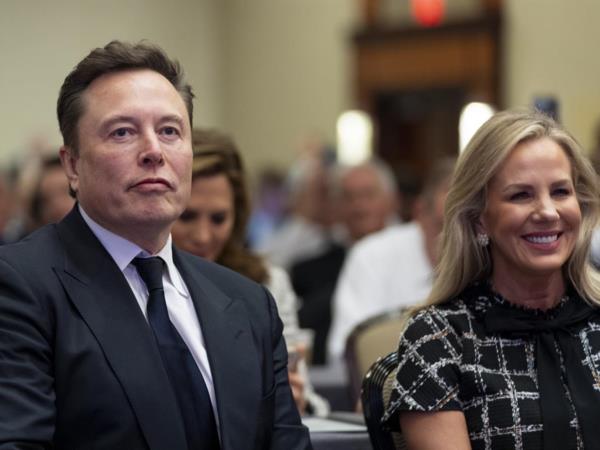
In mid-September, a surge of requests arrived at the Department of Transportation, seeking emails and text messages related to tech billionaire Elon Musk and his technology empire. These requests, part of a broader trend over the past two years, are aimed at identifying perceived partisans within the federal government.
Groups aligned with Donald Trump have been targeting federal agencies, focusing on issues such as diversity programs, climate change, and employee loyalty. With the anticipation of Trump's potential return to the White House, concerns have arisen about a possible mass purging of personnel who are viewed as obstacles to his agenda.
The Heritage Foundation Oversight Project, responsible for a significant number of these requests, has submitted around 65,000 inquiries to federal agencies under the Freedom of Information Act. Other groups, such as the America First Policy Institute and the American Accountability Foundation, have also been actively seeking information on federal employees.
The American Accountability Foundation recently published a list of 60 individuals within the Department of Homeland Security who they believe may impede Trump's immigration policies. These efforts have raised alarms among agency officials and unions representing federal workers.



While the exact intentions of the incoming Trump administration regarding these requests remain unclear, there are concerns about the potential weaponization of internal agency communications. Some employees have resorted to minimizing written communication to avoid potential repercussions.
Efforts to counter these actions include a public relations campaign by the EPA union and forging alliances with members of Congress and external groups to shed light on the targeting of federal employees. The Heritage Foundation Oversight Project has released numerous documents but has not yet published a list of federal employees for potential targeting.
As agencies grapple with the influx of requests, concerns persist about the implications of these actions on the federal workforce. The future impact of these efforts on the government's operations and employees remains a subject of ongoing scrutiny.







